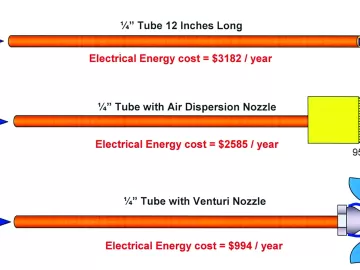Desiccant Air Dryer Control: Seeing Isn’t Always Believing
Many thousands of dollars of annual electrical savings are being achieved worldwide using special purge reduction controls on desiccant air dryers. These controls reduce the expensive purge air that must flow through the dryer to regenerate the desiccant beds. But, unexpected problems with these controls can cause hidden problems that can reduce or eliminate the savings.












